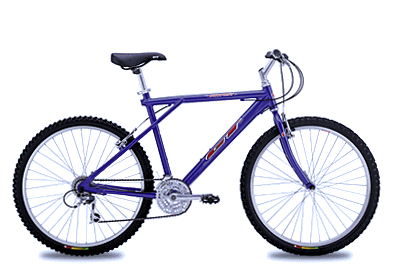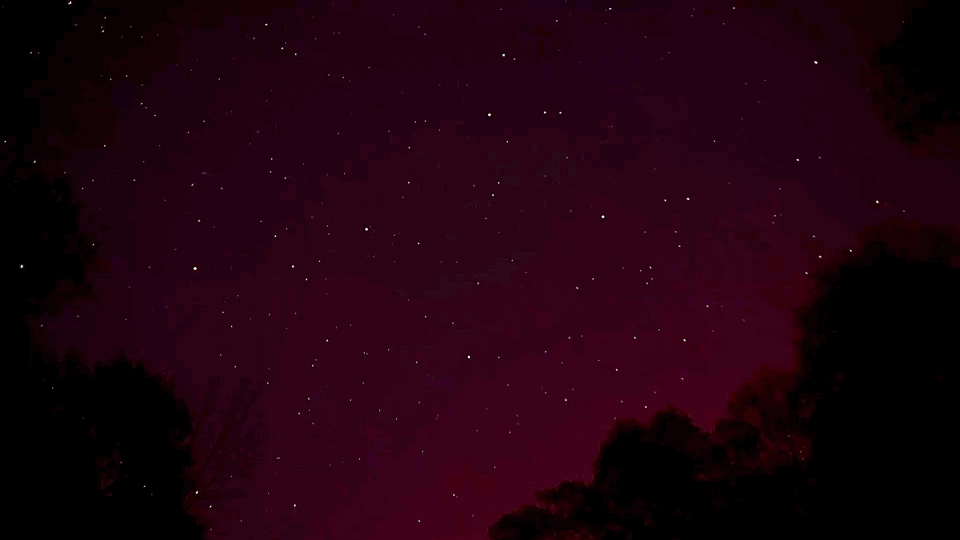Systems are only as good as the components that comprise them. While I’ve seen systematic approaches championed many times, I’ve also seen failures when particular components don't hold up under the system's stresses.
Systems
Are We Inside a Black Hole?
This isn't the first time it's been proposed. We could also consider hypothetical Gravastars.
The idea of Gravastars somewhat complicates the concept of a universe within a universe. Gravistars are thought to contain maximized condensed empty space. You can't get it any smaller. So, how would we survive inside a black hole, a place with significant crunch going on? But I guess density could be relative. You could crunch more, just not so easily, in our own universe.
Concepts beyond me, but always fascinating.
Time
Time runs slower for objects moving fast.
Time runs slower for objects closer to a strong gravitational pull.
True things:
Say you have two clocks that keep accurate time. If you leave one at home and take one with you on a round-trip airplane flight, the clock you bring with you on the trip will be behind the one you left at home when you get back.
If you take the same two clocks, put one on top of a mountain and one down by the beach (assuming no weird gravitational pull anomalies based on geographical location), the clock on the beach will be behind the one on the mountain. While that example is extreme, you can replicate scaled results simply by placing one on a table and one on the floor.
The mountain example works for Mount Everest.
https://ascentdescentadventures.com/blog/is-gravity-different-at-the-top-of-everest/
https://www.physicsclassroom.com/class/circles/lesson-3/the-value-of-g
- At sea level, the value of g is approximately 9.806 m/s².
- At the summit of Mount Everest, this value drops to around 9.773 m/s².
- At twice the distance from the center of the Earth, g is approximately 2.45 m/s².
The Speed of Light
Fall Mid latitude Aurora
A phone photo highlights the color well. Digital devices detect charged particles well.
RIP Dark Energy
Dark energy and dark matter are both used to explain the unexplainable. Dark energy has been touted as reverse gravity, pushing things apart and explaining the Universe's accelerating expansion. This idea is used to describe things we could not understand.
However, a new study demonstrates that differences in gravity can actually explain it.
In short, time in the Milky Way Galaxy (our home galaxy) may run up to 35 percent slower on average. So, while 100 years in our galaxy is 100 years for us, approximately 153 years pass in intergalactic voids. Ramp that up to a billion years, and a whole extra 500 million years happen in the void. This is additional time for expansion, so it happens much faster.
Mind blown.
References
Politics and Advertising
This one will be short because it's not a fully formed thought. I've been on YouTube quite a bit over the past month or so, and the number of U.S. presidential campaign ads on videos is very high. You could watch a 10-minute video and see four ads, often two from each candidate. I'm unsure if the content creators can control which ads appear; I've seen right-leaning ads on left-leaning content and vice versa.
According to EMARKETER, 9% of political spending (national, regional, local) will occur on Meta and Google in 2024.
There's nothing like supporting your favorite candidate with a donation, and nearly 10% of it ends up in the pockets of two large American corporations. To be fair, the YouTube content creators also get their cut.
References
- https://www.emarketer.com/press-releases/2024-political-ad-spending-will-jump-nearly-30-vs-2020/
The Dog and the Truck








